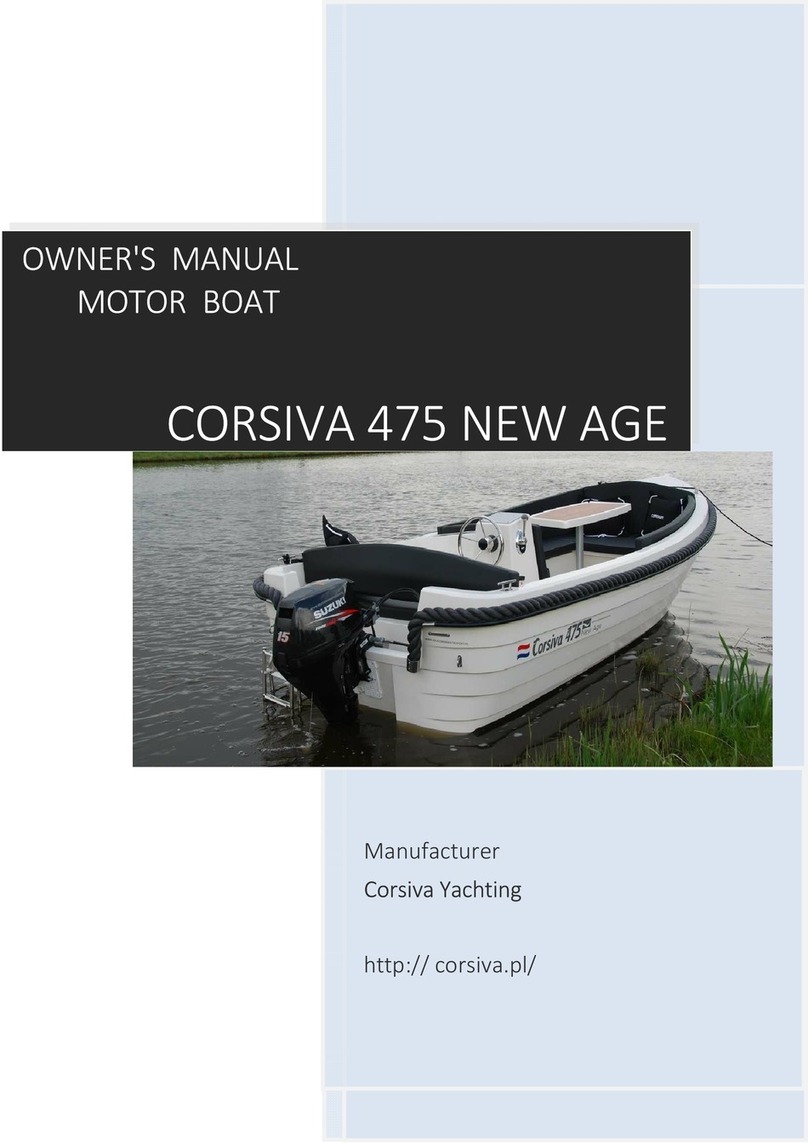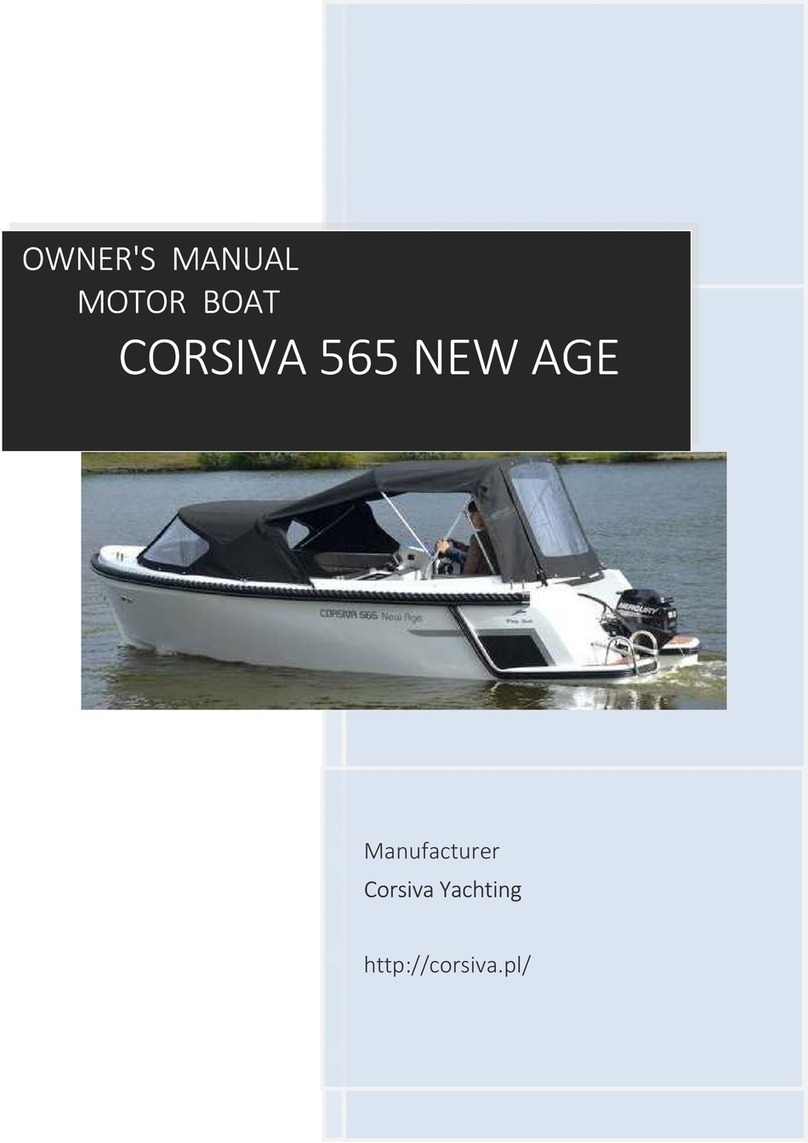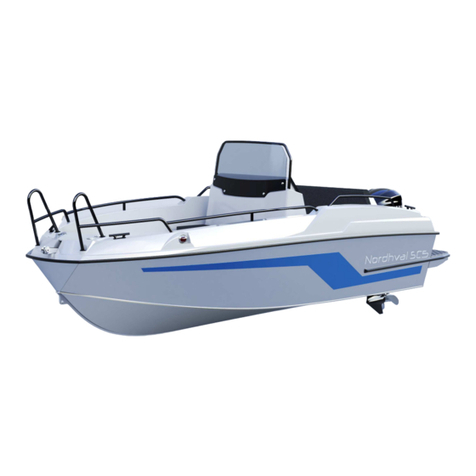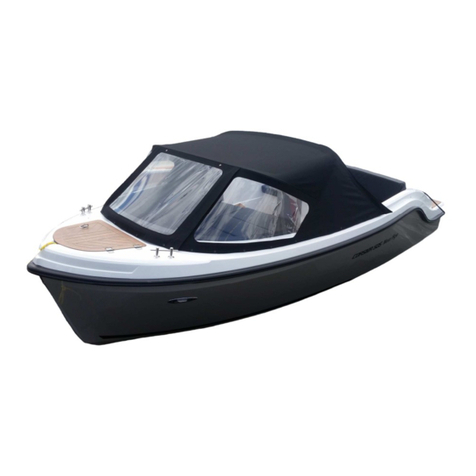
CORSIVA YACHTING
1
INDEX
1. INTRODUCTION....................................................................................................................... 3
. RISK ASSESSMENT................................................................................................................... 4
3. GENERAL SAFTY RULES........................................................................................................... 5
3.1. Safety............................................................................................................................... 5
3. . Passengers on board........................................................................................................ 5
3.3. Life-saving equipment......................................................................................................6
4. IDENTIFICATION OF BOAT....................................................................................................... 7
4.1. Craft identification number (CIN).................................................................................... 7
4. . Builder's plate.................................................................................................................. 8
4.3. Declaration of Conformity of Recreational Craft............................................................. 8
5. STABILITY AND BUOYANCY..................................................................................................... 9
6. DESCRIPTION OF BOAT......................................................................................................... 11
6.1. Technical data................................................................................................................ 11
7. ENGINE.................................................................................................................................. 1
7.1. Engine compartment..................................................................................................... 13
7.1.1. Gravitational ventilation......................................................................................... 13
7.1. . Mechanical ventilation........................................................................................... 14
8. STEERING SYSTEM................................................................................................................. 15
8.1. Boat steering system......................................................................................................15
8. . Navigation lights............................................................................................................ 16
8.3. Steering system............................................................................................................. 17
8.4. Field vision from the helm’s position............................................................................. 17
9. FUEL SYSTEM......................................................................................................................... 18
10. ELECTRICAL INSTALLATION................................................................................................. 19
11. SANITARY SYSTEM............................................................................................................... 1
1 . BILGE INSTALATION............................................................................................................

































